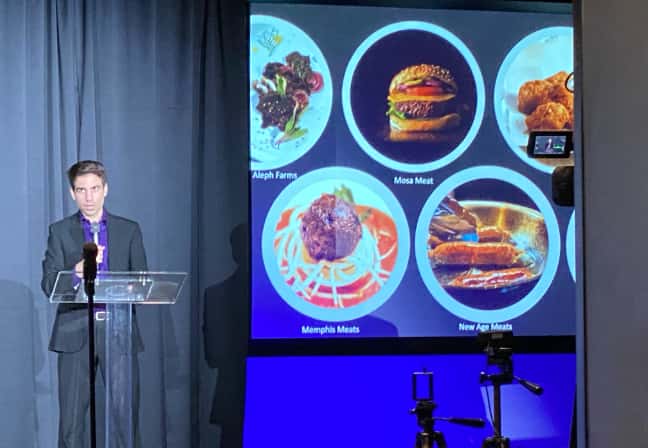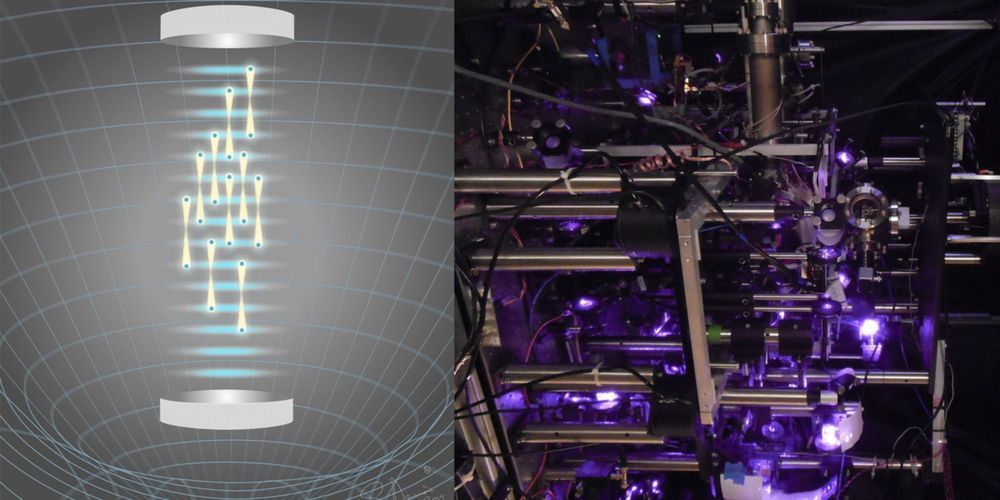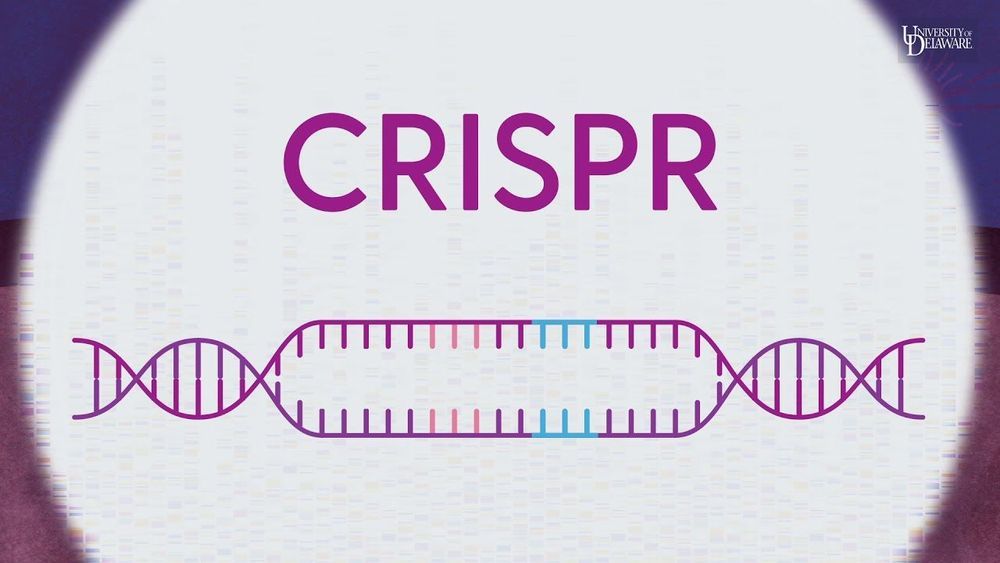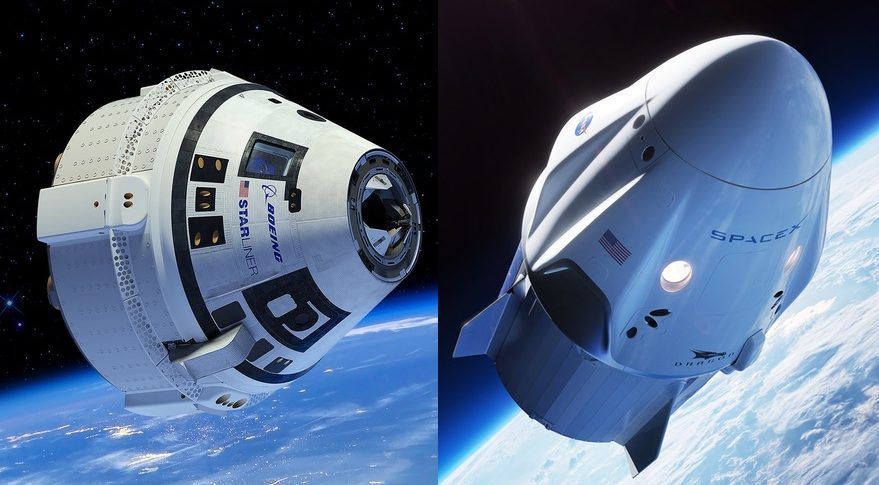Scientists have discovered yet another life-giving treatment for disease using adult stem cells, while the number of substantial medical breakthroughs from life-taking embryonic stem cell research remains essentially zero.
Neuromyelitis optica (NMO), also known as Devic’s disease, causes the immune system to react against the body’s own cells in the central nervous system, particularly the eyes and spinal cord. Those who contract the disease usually lose their eyesight and ability to walk within five years.
Stem cells are the body’s cell factories, aiding in growth and damage repair. In a study published Oct. 2 in Neurology, researchers from Northwestern University and the Mayo Clinic tested a new adult stem cell treatment on 12 people with NMO. They drew hematopoietic stem cells (also known as blood stem cells) from the patient’s bone marrow or blood. Then they used chemotherapy to shut down the patient’s malfunctioning immune system. When they transplanted the stem cells back into the patient’s body, the immune system restarted from scratch.









